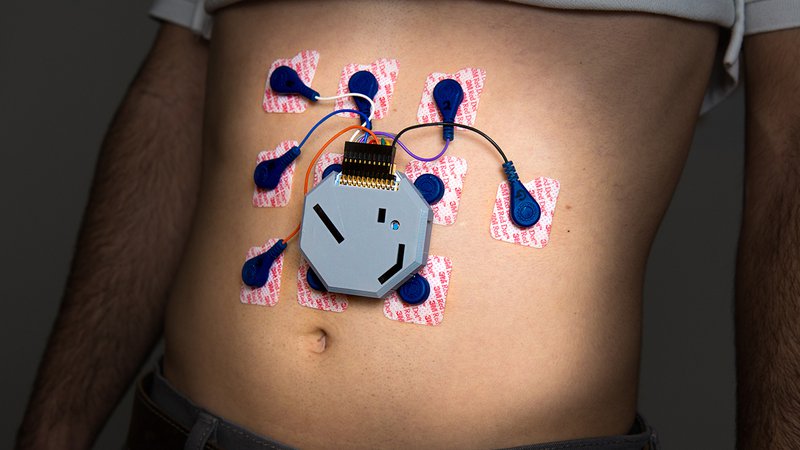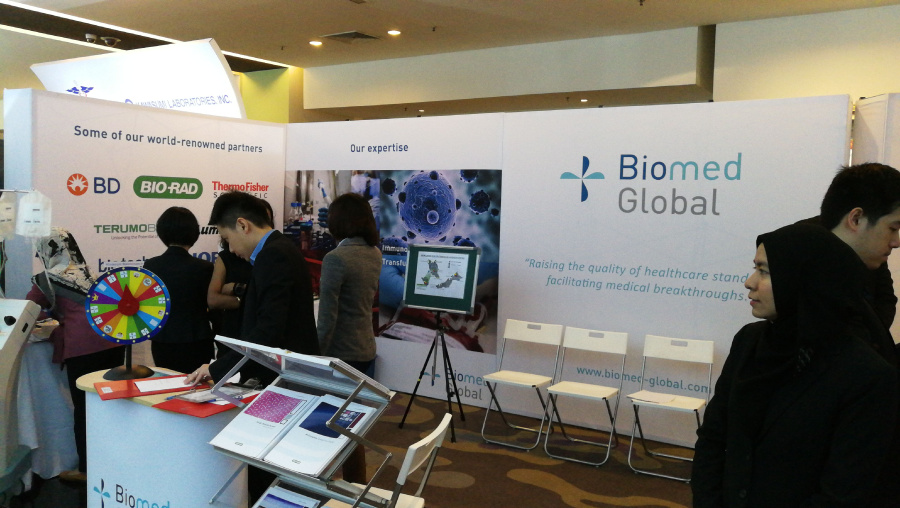
Digital health promises to change the face of healthcare. Reflecting this is growing interest in the digital health space, as evidenced by a substantial $4.7 billion being invested in 2017, as outlined in the brand new report from IDTechEx Research, Digital Health 2018: Trends, Opportunities and Outlook. Digital health also took prominence in the JP Morgan Healthcare Conference in January 2018, illustrating its growing importance – but it is not limited to strictly the healthcare space. CES 2018 also saw digital health having a substantial presence marking a new age of patient-centric healthcare.
The Rise of Digital Health
Digital health is a convoluted and complex field, much of which is made up of technologies and services that enable healthcare outside of traditional clinical settings. It follows a global trend in the healthcare industry of decentralization to alleviate overburdened hospitals and clinics. Coupled with escalating healthcare costs, shrinking profit margins and ageing populations suffering with chronic conditions, digital health offers a solution to these problems for all players in the space including patients, providers and payers.
In fact, it presents such an alluring and lucrative opportunity that companies not previously in the healthcare space are making significant investments and moves to do so. Big tech companies such as Amazon, Apple and Alphabet also used January 2018 to announce their endeavours into the digital health space, impacting the price of stocks in the healthcare market.
Numerous Factors Encouraging the Rise of Digital Health
The time is ripe for digital health due to the combination of a number of factors. These include changing population demographics, such as ageing populations with increasing prevalence of chronic diseases, as well as current and upcoming changes to regulations and reimbursements which mean that the route to market and take-up of digital health services and technologies is more likely in 2018 and beyond.
The Wide Scope of Digital Health
The IDTechEx Research report Digital Health 2018: Trends, Opportunities and Outlook acts as a primer to the digital health space, providing a detailed overview of the ecosystem and offering insights into the key trends, opportunities and outlooks for all aspects of digital health, including:
> Telehealth and telemedicine: the provision of remote clinical or non-clinical services such as doctors visits through video calls e.g. Remote digital examinations for cardiac conditions through measuring heart rate and blood pressure and having a virtual physician meeting.
> Remote patient monitoring: the remote monitoring of individuals to collect information through wearable sensors outside of a clinical settings e.g. smart watches collecting information on blood pressure.
> Digital therapeutics / digiceuticals / software-as-a-drug: using software such as mobile phone apps to diagnose, treat and monitor patients e.g. a mobile app prescribed to treat PTSD.
> Consumer genetic testing: describes the use of genome sequencing on consumer samples to reveal details about an individuals’ genetic make-up which may impact their health e.g. using a cheek swab to determine whether you are likely to be predisposed to particular vitamin deficiencies or whether you are potentially lactose intolerant.
> Diabetes management: chronic diseases such as diabetes present a substantial market for digital health e.g. continuous or flash glucose monitors which are wearable or non-invasive.
> Smart home as a carer: lower costs and sizes of sensors, and better connectivity and networks along with ageing and diseased populations mean that fitting sensors into the home is becoming a reality allowing decentralized healthcare e.g. sensors which alert carers in case of an emergency.
Read more at: https://www.globalbiotechinsights.com/articles/14038/digital-health-is-becoming-a-disruptive-force-in-healthcare






